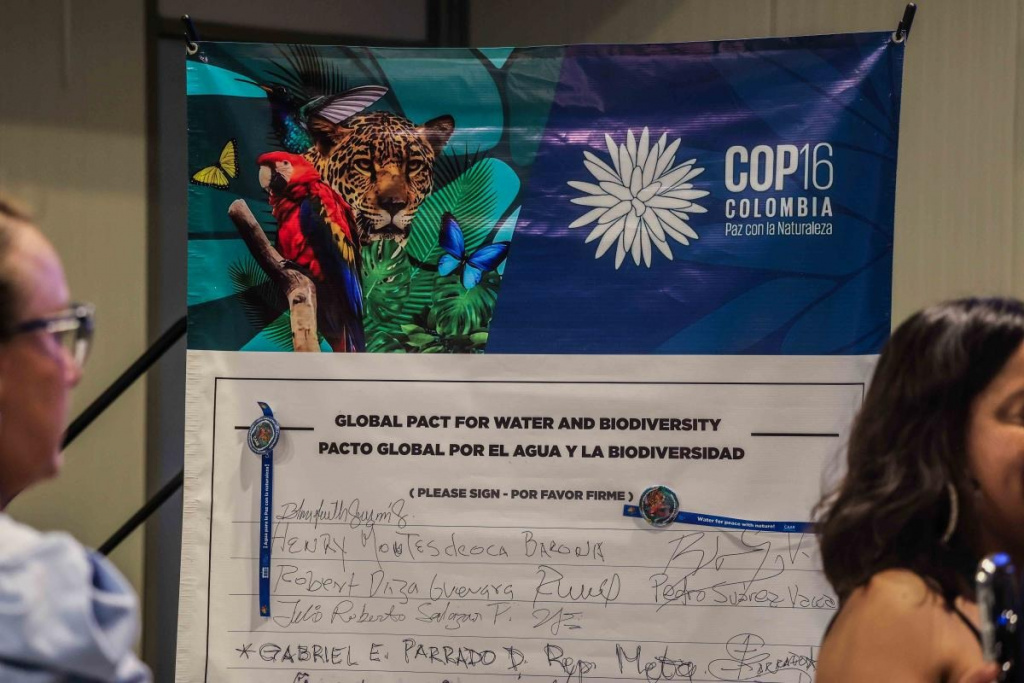Participation of the Chairman of the Committee in the panel discussion of the high-level event “Forest and Water Day” within the framework of the 16th Conference of the Parties to the United Nations Convention on Biological Diversity
On October 28, 2024, the Chairman of the Committee on Environmental Protection under the Government of the Republic of Tajikistan Sheralizoda Bahodur Ahmadjon participated and made a statement at the high-level event “Day of Forests and Water” within the framework of the 16th Conference of the Parties to the United Nations Convention on Biological Diversity (COP16) in Cali, Republic of Colombia. The event was organized by the Secretariat of the United Nations Convention on Biological Diversity and was held in the pavilion of the “Kunming-Montreal Global Biodiversity Framework”.
In his statement, Chairman of the Committee noted the importance of The United Nations General Assembly Resolution that declared 2025 as the International Year of Glaciers Preservation on the initiative of Tajikistan's President, His Excellency Mr. Emomali Rahmon, by adopting a resolution in December 2022. It was also mentioned that glaciers played a key role in maintaining water-related ecosystems and their loss could have serious consequences for biodiversity and ecosystem resilience. Glaciers are a source of fresh water, feeding rivers, lakes and wetlands, which in turn protects a variety of flora and fauna.
Also, Chairman highlighted the problem of climate change, which is causing glaciers to melt and negatively affecting downstream ecosystems. Glacial water usually has a low temperature and creates unique conditions for microorganisms and other living organisms. As ice cover decreases, conditions change, which can lead to the extinction of special species that live in glacial rivers. This in turn threatens not only biodiversity but also ecosystem services such as water purification and maintaining ecosystem stability.
It was noted that such events emphasize the close connection between biodiversity and water resources, including glaciers, and link these issues to the global biodiversity and climate change agendas.









.png)
.png)









